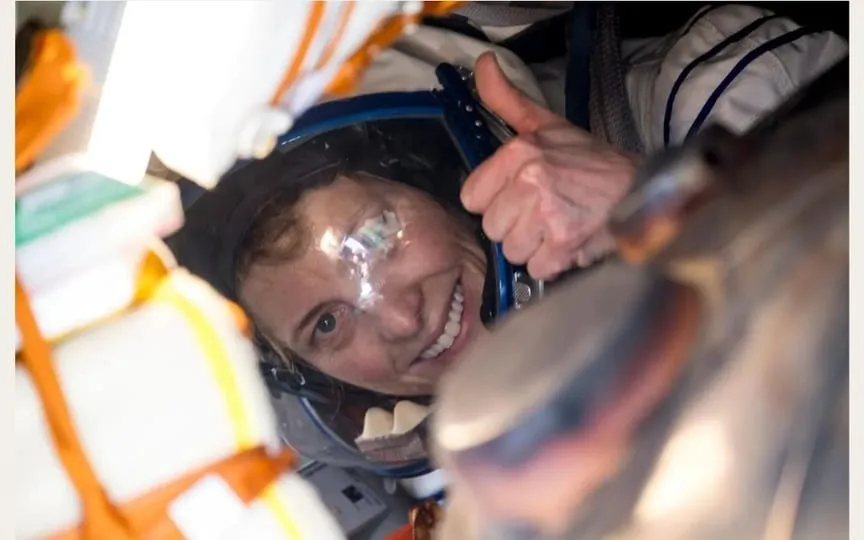IBM and NASA Collaborate to Create Global Planetary Data System for Earth Sciences
In 2024, NASA predicts that its Earth science missions will produce approximately 250,000 terabytes of data. To effectively analyze this vast amount of satellite data, IBM, HuggingFace, and NASA have joined forces to develop an open-source geospatial foundation model. This model will serve as the groundwork for a new generation of climate and Earth science artificial intelligence systems. These AI systems will be capable of monitoring deforestation, forecasting crop yields, and tracking greenhouse gas emissions.
In this project, IBM used the recently released Watsonx.ai as a base model of NASA’s year-long harmonized Landsat Sentinel-2 satellite (HLS) data. This data is collected by ESA’s pair of Sentinel-2 satellites, built to take high-resolution optical images of land and coastal areas in 13 spectral bands.
HuggingFace, on the other hand, hosts the model on its open source AI platform. According to IBM, by fine-tuning the model with “data for flood and burn mapping,” the team was able to improve the model’s performance by 15 percent compared to the current state of the art, using half as much data.
“The central role of open source technologies in accelerating critical discovery areas such as climate change has never been clearer,” Sriram Raghavan, director of IBM Research AI, said in a press release. “By combining IBM’s foundational efforts to create flexible, reusable AI systems with NASA’s geosatellite data archive and Hugging Face, the leading open-source AI platform for its availability, we can harness the power of collaboration to implement faster and more effective solutions that improve our planet.”




